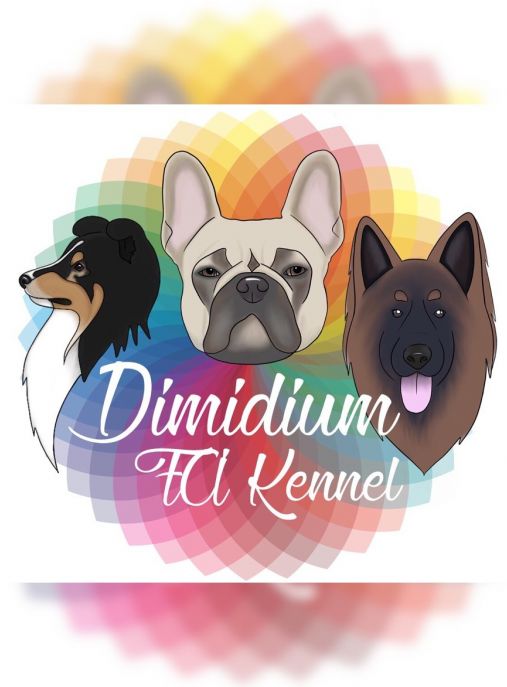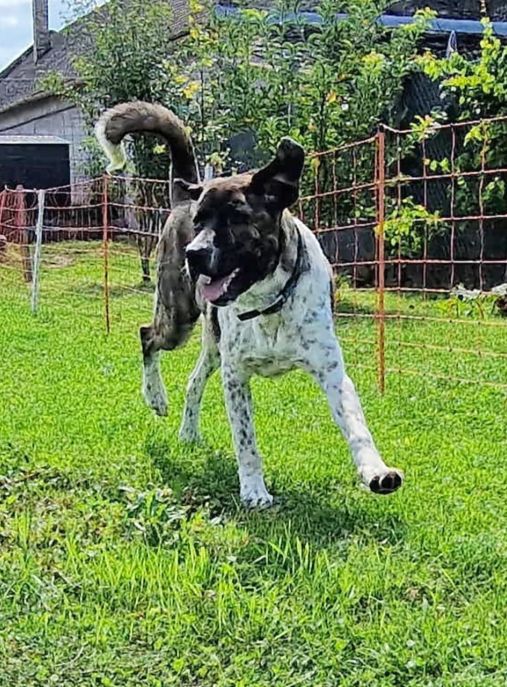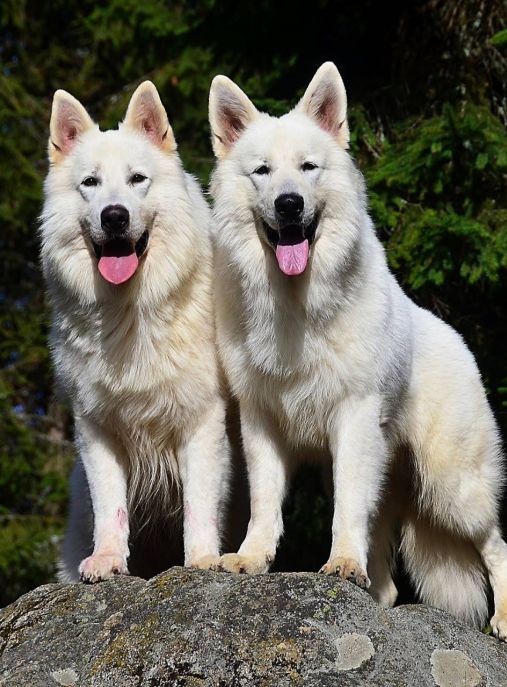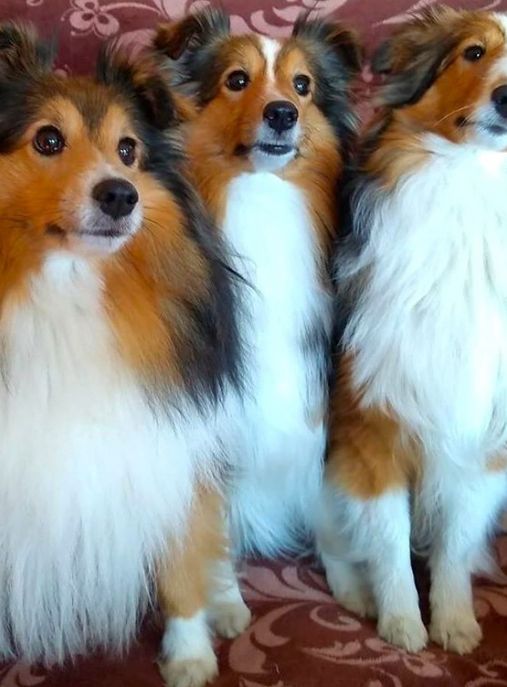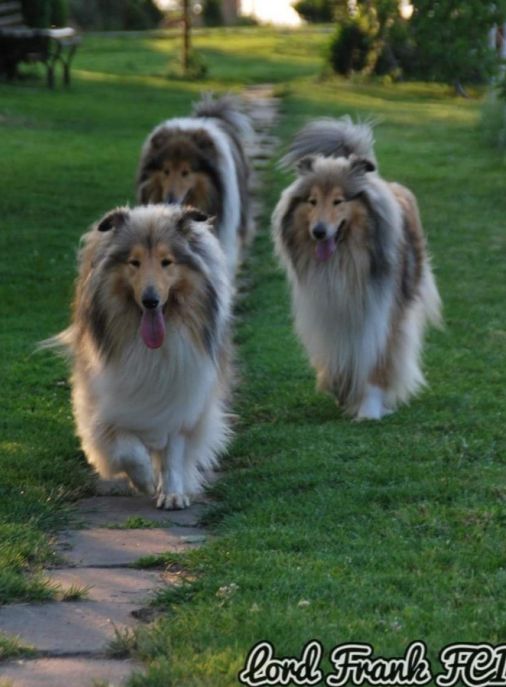The Shetland Sheepdog (sheltie) is a breed that is easily recognized around the world, but is often mistaken for the Scottish Sheepdog, which is larger. It was bred to make it look like a collie as much as possible. Not much is known about the origin of the Shetland Sheepdog but it is believed that its history dates back to the 7th century AD. Probably the breed came with the Vikings to the Shetland Islands. This is where its name comes from. Representatives of this breed mainly helped with grazing animals, they were not needed for defense, so they developed an average guarding instinct. Today, people choose the Shetland Sheepdog because it is a great family friend.
Males are about 37 cm long, while females are 35.5 cm. Their weight should not exceed 10 kg. Shelties can be proud of their long lifespan, they usually go away after 12 or sometimes even 15 years.
Shetland Sheepdogs are small, long-haired and pretty working dogs. They move effortlessly and gracefully at the same time. They are harmoniously built. They are smart, lively, alert and very intelligent dogs. They are attached to their owners and are very devoted to them. They are wary of strangers. A little Shetland Sheepdog is a very agile dog. It is an ideal breed for first-time dog's owners with no experience at all. This breed is easy to lead. Sheltie is always interested in what is happening around. It is an active dog so it will easily find itself in dog sports, e.g. on the agility track. It is devoted to its tutors and wants to accompany them in all activities. Despite its small size, it is physically resistant.
Sheltie has many great features that make it man's best friend. One of them is cheerfulness. It will bring a little light and joy to every home. It loves caresses and has a need for constant contact with people. It is not suitable for a backyard dog. People who are often away from home should give up this breed immediately because the Shetland Sheepdog will be happy when alone. It is a good companion for children and loves endless fun with them. However, it does not like to be pulled and harassed so playing with younger children should be controlled by their parents. It is also worth making children aware of how they should behave towards their hairy friend. Sheltie is deeply involved in family life and its curiosity can be even irritating at times. It gets along quite well with other animals, it is not quarrelsome. It does not bother other dogs so walking with Sheltie is pure plaesure.
The Shetland Sheepdog behaves well during driving, provided it is used to it from a puppy. It loves to always be in the spotlight. When it wants something, it can ask for it, e.g. by giving a nudge with its foot or putting its head under our hands. It can also lie down quietly and observe everyone.
Due to its size, it is not a good home defender, however, it is quite vigilant and will certainly warn us about any disturbing situation. It can be very loud so we should train it properly in this matter. It approaches strangers with a distance but never with aggression. When it gets used to someone, it will be friendly towards that person and will surely demand caresses. You can choose this dog while living in a block of flats but you must remember that it is neither a toy nor a couch dog. It will be necessary to provide it with the right amount of movement so that it cannot discharge its energy in the apartment. Training sheltie is fairly simple. It learns new things easily and remembers most of the new commands quickly. We will achieve the best results if the training is combined with fun. A representative of this breed can be chosen by both experienced dog owners and amateurs. Both of them, of course with the right approach, will do a great job of raising a pooch.
- Coat
At first glance, it may seem that caring for a Shepherd Dog is complicated. Fortunately, it is quite the opposite. It is recommended to brush its hair every 2 to 3 days, and much more frequently during shedding periods. The Shetland Sheepdog should be only bathed when necessary. In this case, remember to thoroughly dry the caot.
Shetland hair may be of the following colors:
- black and white with tan
- swarthy
- black with tan
- marble
- bluish
- Eyes
As with any dog, sheltie's eyes should be looked after regularly, not allowing large amounts of secretions to accumulate. To clean these areas, we should use cotton buds and a special liquid available in most pet stores.
- Ears
Sheltie's ears are quite delicate so you should be very careful when cleaning them. We must not forget about our dog's eye hygiene, so as not to expose it to unpleasant otitis.
- Claws
The Shetland Sheepdogs's claws aren't particularly strong so they should wear off by themselves. However, it's a good idea to keep an eye on them and trim them if necessary. In this way, we will enable our pet to move freely.
- swarthy: uniform or tarnished coat in saturated shades from light golden to dark mahogany
- tricolour: intensely black body, tanning desirable as intense as possible
- blue marbled: a pure silver-blue background with black spots and patches on it
A black and white coat and a black with tan coat are correct.
The Shetland Sheepdog's coat consists of top coat and undercoat. Top coat is long, straight and rough, whereas undercoat is short, soft and dense. Profuse mane and collar are characteristsic. Fringes are noticeable on front legs. Hind legs are richly covered by hair but the hair is rather short below the hock. The muzzle is smooth. The coat should not obliterate the silhouette. Short-haired individuals highly undesirable.
Sheltie is perfectly adapted to the harsh climatic conditions and rarely gets sick. However, there are a few conditions that it may be exposed to, such as:
- progressive retinal atrophy
- corneal dystrophy
- cataract
- collie eye anomaly
- joint dysplasia
- systemic and cutaneous disc lupus erythematosus
- von Willebrand disease
- deafness
- surviving Botal's wire
- Fanconi syndrome
The Shetland Sheepdog diet should be balanced and meals should be given regularly. Sheltie has a tendency to gain weight so we can't let it snack frequently. The food must be adapted to the age of the pooch and its size. If we decide to give our dog homemade food, we must make sure that it is rich in nutrients. We can add dietary supplements to it.

